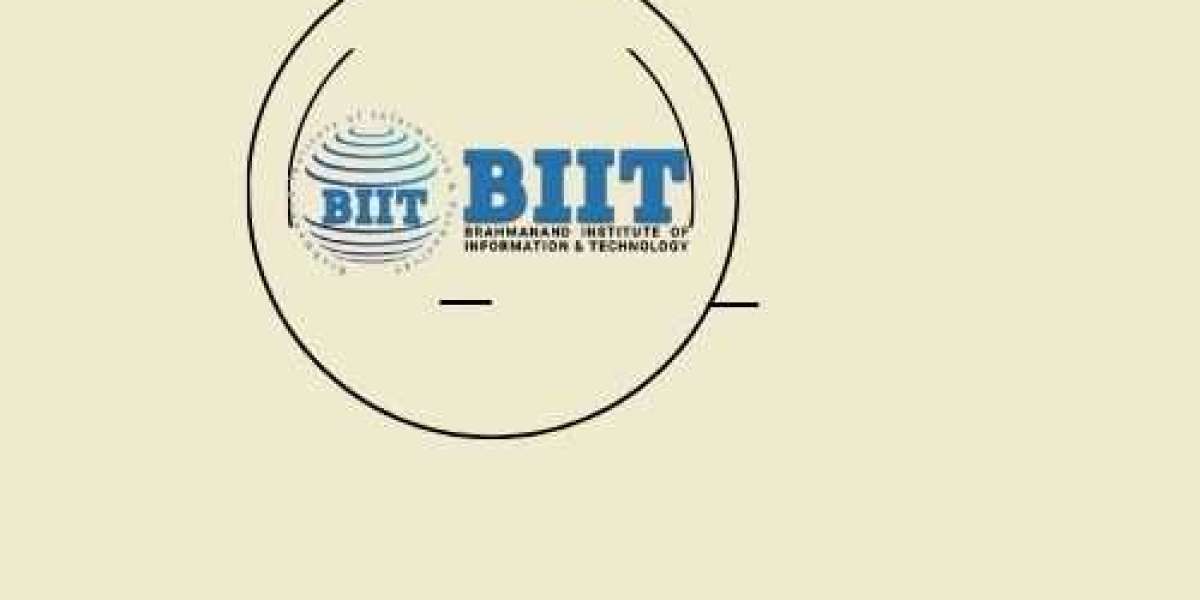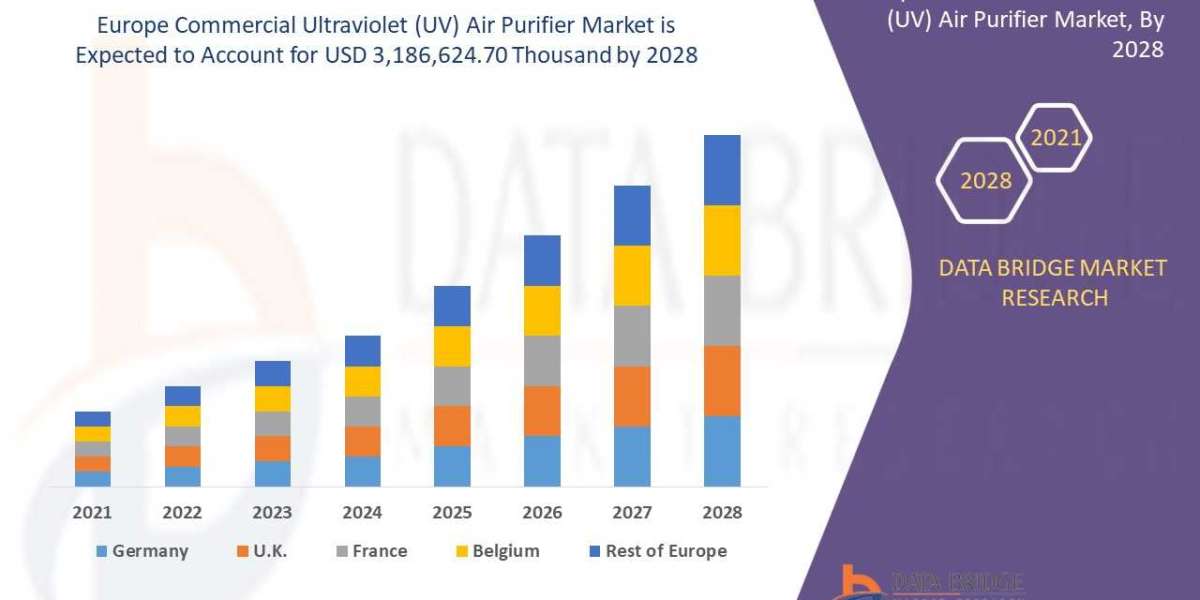Welcome to our latest blog post where we delve into the intricacies of Abaqus, a powerful tool extensively used in mechanical engineering simulations. Today, we'll tackle some master-level theory questions along with their solutions, all designed to enhance your understanding and proficiency in Abaqus.
Question 1: Understanding Contact Mechanics in Abaqus
In structural simulations, accurate representation of contact mechanics is crucial for reliable results. Explain the concept of contact pairs in Abaqus and discuss the different types of contact behavior.
Solution:
In Abaqus, contact pairs define the interaction between two surfaces or sets of surfaces. They play a vital role in simulating interactions such as friction, separation, and sliding between components. Abaqus offers various contact behaviors, including:
No Separation: This behavior assumes that once two surfaces come into contact, they remain in contact indefinitely, with no possibility of separation.
Finite Sliding: Here, the surfaces can slide against each other but cannot separate. This behavior is useful for simulating frictional contact.
Separation: It allows surfaces to separate after coming into contact. This behavior is essential for simulating contact with gaps or clearances.
Tied: Surfaces are tied together, meaning they cannot separate or slide relative to each other.
Question 2: Exploring Material Nonlinearities
Material nonlinearities significantly impact the behavior of structures under varying loads. Discuss the implementation of material nonlinearities in Abaqus simulations, focusing on plasticity and hyperelasticity.
Solution:
In Abaqus, material nonlinearities can be incorporated through various material models. For plasticity, the von Mises yield criterion is commonly used to define the onset of plastic deformation. Abaqus provides several options for plasticity models, including isotropic, kinematic, and combined isotropic-kinematic hardening models.
Hyperelastic materials, on the other hand, exhibit nonlinear stress-strain behavior even under small strains. Abaqus supports various hyperelastic material models such as Mooney-Rivlin, Neo-Hookean, and Ogden models. These models require input parameters such as material constants derived from experimental data or theoretical considerations.
Conclusion:
In conclusion, mastering Abaqus requires a deep understanding of its theoretical foundations and practical applications. By comprehending concepts such as contact mechanics and material nonlinearities, engineers can effectively utilize Abaqus for accurate and reliable simulations in mechanical engineering.
If you find yourself struggling with Abaqus assignments or simulations, don't hesitate to reach out to our experts at mechanicalengineeringassignmenthelp.com. Our team is dedicated to providing top-notch assistance to students, ensuring they excel in their studies and projects. Remember, when it comes to Abaqus, we've got you covered! Do your Abaqus assignment with confidence, knowing that you have expert support just a click away. Stay tuned for more insightful blogs and expert solutions to enhance your Abaqus proficiency.








